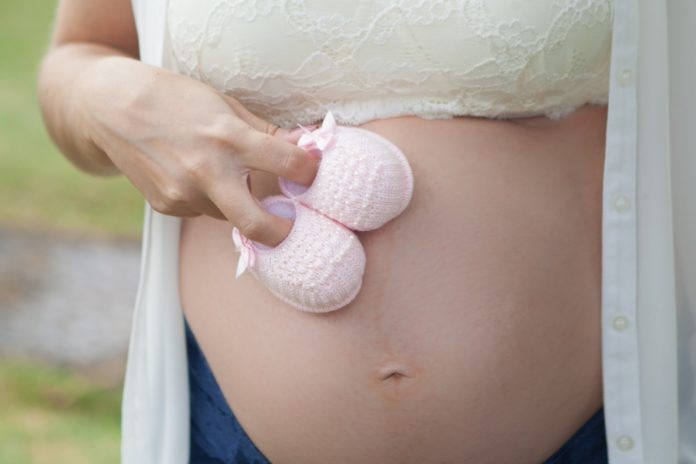Babies exposed to pollution in late stages of the mother’s pregnancy tend to develop hypertension
Children who were exposed to higher levels of air pollution during the third trimester of their mother’s pregnancy had a higher risk of elevated blood pressure in childhood. This has been revealed by a new research in the American Heart Association’s journal Hypertension.
Fine particulate matter of 2.5 microns or less (PM2.5) is a form of air pollution produced by motor vehicles and the burning of oil, coal and other biomass and has been linked to conditions that can damage lungs and brains in children. High level of air pollution has also been linked to premature deaths in infants.
A report by the Centre for Science and Environment in November 2017 had revealed that air pollution causes 30% of premature deaths in India.
“Ours is one of the first studies to show breathing polluted air during pregnancy may have a direct negative influence on the cardiovascular health of the offspring during childhood,” said Noel T. Mueller, Ph.D., M.P.H., senior author of the study and an assistant professor of epidemiology at the Johns Hopkins University Bloomberg School of Public Health in Baltimore, Maryland.
“High blood pressure during childhood often leads to high blood pressure in adulthood and hypertension is the leading cause of cardiovascular disease,”‘he added.
A recent UNICEF paper had reported that almost 17 million babies under the age of one live in areas where air pollution is at least six times higher than international limits
A total of 1,293 mothers and their children who were part of the ongoing Boston Birth Cohort study were included in the study. Blood pressure was measured at each childhood physical examination at 3 to 9 years old. A systolic (top number) blood pressure was considered elevated if it was in the highest 10 percent for children the same age on national data.
Other risk factors for hypertension like birthweight and maternal smoking were adjusted for in the study.
Results showed that children exposed to higher levels (the top third) of ambient fine-particulate pollution in the womb during the third trimester were 61 percent more likely to have elevated systolic blood pressure in childhood compared to those exposed to the lowest level (the bottom third).
The association with elevated blood pressure was regardless of whether a child was of low, normal or high birthweight. Mother’s exposure to fine-particulate matter before pregnancy was not associated with blood pressure in her offspring, thus providing evidence of the significant impact of in-utero exposure.
The Global Burden of Disease report estimated that 1.1 million deaths in India were linked to PM 2.5 air pollution in 2015. PM 2.5 are about 3 percent of the diameter of human hair. In India the annual PM2.5 limit is 40 microgram per metre cube. The daily cut off is 60 micrograms per metre cube. Of the 15 most polluted cities in the world, 14 are in India, said a recent WHO report.
“These results reinforce the importance of reducing emissions of PM2.5 in the environment. Not only does exposure increase the risk of illness and death in those directly exposed, but it may also cross the placental barrier in pregnancy and effect fetal growth and increase future risks for high blood pressure,” Mueller said.
A recent UNICEF paper had reported that almost 17 million babies under the age of one live in areas where air pollution is at least six times higher than international limits – conditions that can damage their lungs and brains. More than three-quarters of these young children – 12 million – live in South Asia.
This study established an association but it did not prove a direct cause-and-effect relationship. However, the by size of the study, follow-up and ability to adjust for many factors that might influence childhood blood pressure add to the strength of the findings, researchers noted.


